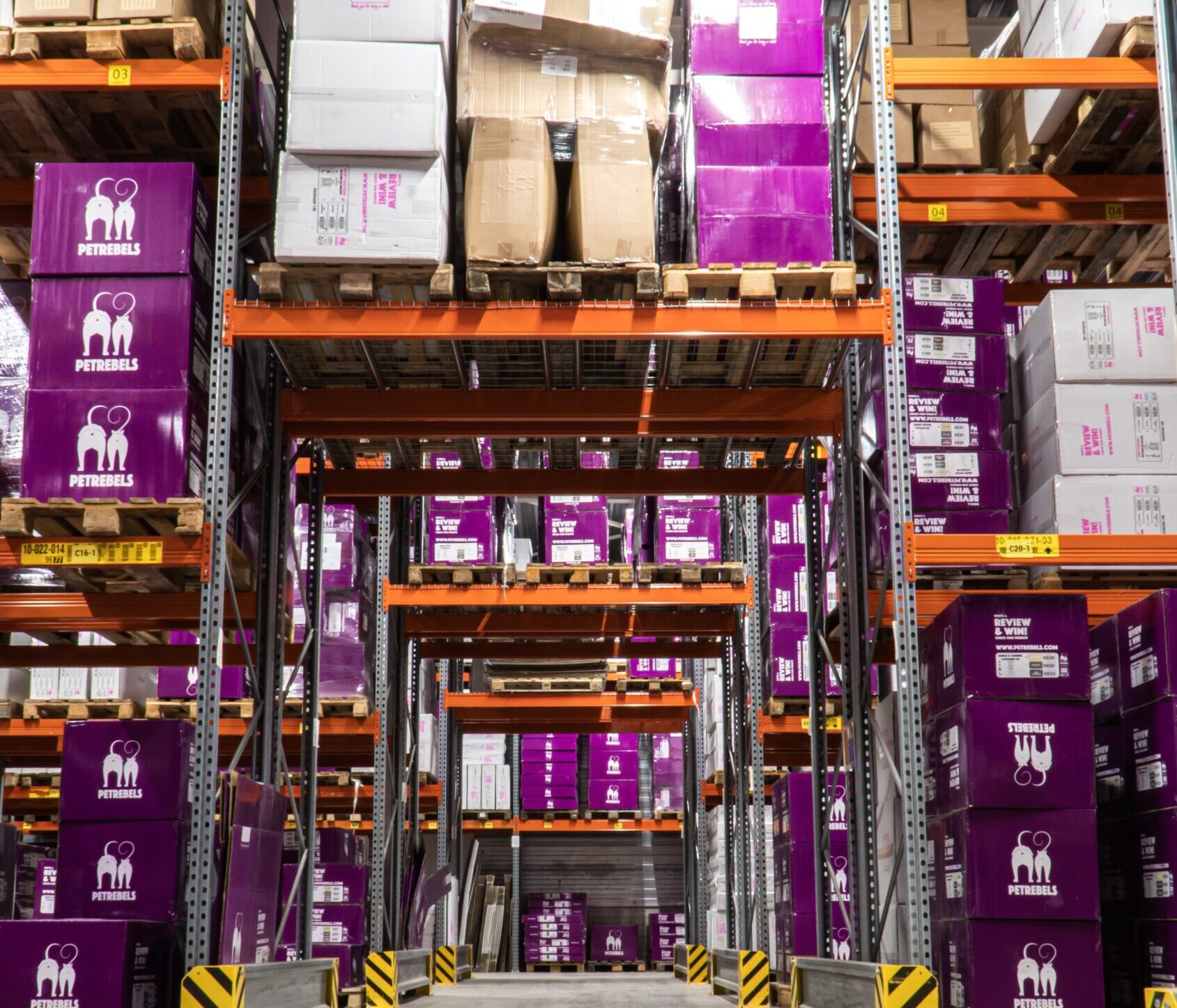Inventory Management: Understanding the Basics of Inventory
When it comes to running a successful business, effective inventory management is crucial. But what exactly is inventory? In simple terms, inventory refers to the goods and materials that a company holds for production, sales, or any other purpose related to its operations. It can include raw materials, work-in-progress items, finished products, and even supplies needed for day-to-day operations.
Why is Inventory Management Important?
Inventory management plays a vital role in the overall success of a business. Here are a few reasons why it is important:
- Meeting customer demands: By having the right amount of inventory on hand, businesses can fulfill customer orders promptly and efficiently. This helps in maintaining customer satisfaction and loyalty.
- Reducing costs: Proper inventory management helps in minimizing costs associated with holding excess inventory or stockouts. It allows businesses to optimize their inventory levels and avoid unnecessary expenses.
- Optimizing production: With effective inventory management, businesses can ensure that they have the necessary raw materials and components to maintain a smooth production process. This prevents delays and disruptions.
- Forecasting and planning: By analyzing inventory data, businesses can make informed decisions regarding future production, sales, and procurement. This helps in creating accurate forecasts and efficient planning.
Key Elements of Inventory Management
Inventory management involves various elements that work together to ensure efficient control and utilization of inventory. Here are some key elements:
Inventory Tracking
Accurate inventory tracking is essential for effective management. This involves keeping a record of all incoming and outgoing items, including quantities, dates, and locations. Inventory tracking can be done manually or by using specialized software or systems.
Inventory Classification
Inventory classification helps in categorizing items based on their value, demand, and other factors. This allows businesses to prioritize their inventory management efforts and allocate resources accordingly. Common classification methods include ABC analysis, where items are classified as A, B, or C based on their importance and value.
Inventory Replenishment
Inventory replenishment involves determining when and how much inventory needs to be ordered to maintain optimal stock levels. This is often based on factors such as lead time, demand forecasting, and reorder points. Implementing efficient replenishment strategies helps businesses avoid stockouts and excess inventory.
Inventory Optimization
Inventory optimization focuses on finding the right balance between inventory levels and customer demand. It involves analyzing data and using various techniques, such as economic order quantity (EOQ) and just-in-time (JIT) inventory management, to minimize costs while meeting customer needs.
Benefits of Effective Inventory Management
Implementing effective inventory management practices can bring several benefits to a business:
- Improved cash flow: By minimizing excess inventory and optimizing stock levels, businesses can free up cash that would otherwise be tied up in inventory.
- Reduced holding costs: Holding excess inventory can lead to additional costs such as storage, insurance, and obsolescence. Effective inventory management helps in reducing these costs.
- Enhanced customer satisfaction: With the right inventory levels, businesses can fulfill customer orders promptly, leading to higher customer satisfaction and repeat business.
- Increased operational efficiency: Efficient inventory management streamlines production, reduces lead times, and minimizes disruptions, resulting in improved operational efficiency.
Conclusion
Inventory management is a critical aspect of running a successful business. By understanding what inventory is and implementing effective inventory management practices, businesses can improve customer satisfaction, reduce costs, and optimize their operations. With the right balance of inventory levels, businesses can stay competitive and thrive in today’s dynamic market.

